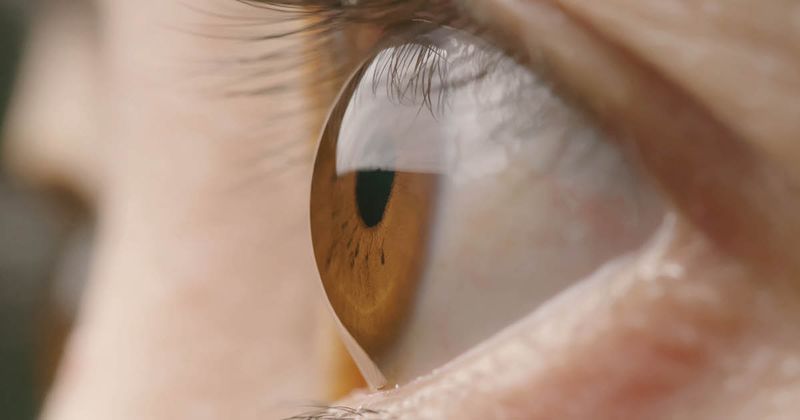Polarization-sensitive OCT reveals scleral collagen fiber characteristics in highly myopic eyes
Key takeaways:
- Eyes without DSM had low-density, radially oriented fibers in the inner layer and high-density, vertically oriented fibers in the outer layer.
- Inner-layer fibers were aggregated and thickened in eyes with DSM.
Use of polarization-sensitive OCT to identify scleral fiber patterns in highly myopic eyes may help develop targeted therapies for scleral abnormalities and mitigate damage to surrounding neural tissue, according to research.
“Polarization-sensitive OCT (PS-OCT) is a functionally extended OCT that uses the polarization of light as the image contrast mechanism, in addition to the contrast mechanism of conventional OCT,” Kyoko Ohno-Matsui, MD, PhD, professor and chairperson of the department of ophthalmology and visual science at Tokyo Medical and Dental University, and colleagues wrote in JAMA Ophthalmology. “Although the typical resolution of PS-OCT images does not allow the detection of individual collagen lamellae in the sclera, the polarized properties of the sclera have been investigated on several tens of micrometer scale in both animal and human studies.”

To determine the orientation and density of scleral collagen fibers using PS-OCT, researchers assessed 89 highly myopic eyes from 72 patients (mean age, 61.5 years; 70.8% women), 52 of which did not have dome-shaped maculopathy (DSM).
Of 52 eyes without DSM, 13 eyes with simple high myopia had primarily inner sclera visible with radically oriented fibers displayed in optic axis images, whereas the entire thickness of the sclera was visible in the 39 eyes with pathologic myopia.
Birefringent images of the inner sclera in six of the 13 eyes with simple high myopia had a mixture of low and high birefringence in horizontal and vertical scans, of which five had low birefringence in both directions. The other two eyes had mixed patterns.
Of 10 eyes with bidirectional DSMs, three had an aggregation of mostly low birefringence fibers, four had an aggregation of mixed high and low birefringence fibers, two had an aggregation of high birefringence fibers, and one had mixed birefringent fibers horizontally and low birefringent fibers vertically.
All 10 eyes had thickening and protrusion of horizontal and oblique fibers, and seven had had an aggregation of horizontal and oblique fibers. Imaging showed that nine eyes had vertical fibers with high birefringence in the sclera above and below the DSM.
Of 27 eyes with horizontal DSM, 19 had an aggregation of mostly low birefringent fibers, and eight had an aggregation of mixed high and low birefringent fibers. Researchers reported high birefringence in the sclera surrounding the macular area for all 27 eyes with horizontal DSM, with vertically oriented fibers in 22 eyes and a mixture of vertical and oblique fibers in the remaining five eyes.
“In this case series, highly myopic eyes with a DSM were made up of thickening and aggregated low-density collagen fibers in the inner layer of the sclera, while the outer sclera was not thickened but was compressed,” Ohno-Matsui and colleagues wrote. “These findings may contribute to new information on the pathogenesis of DSM and other scleral pathologies, such as staphyloma edges.”
